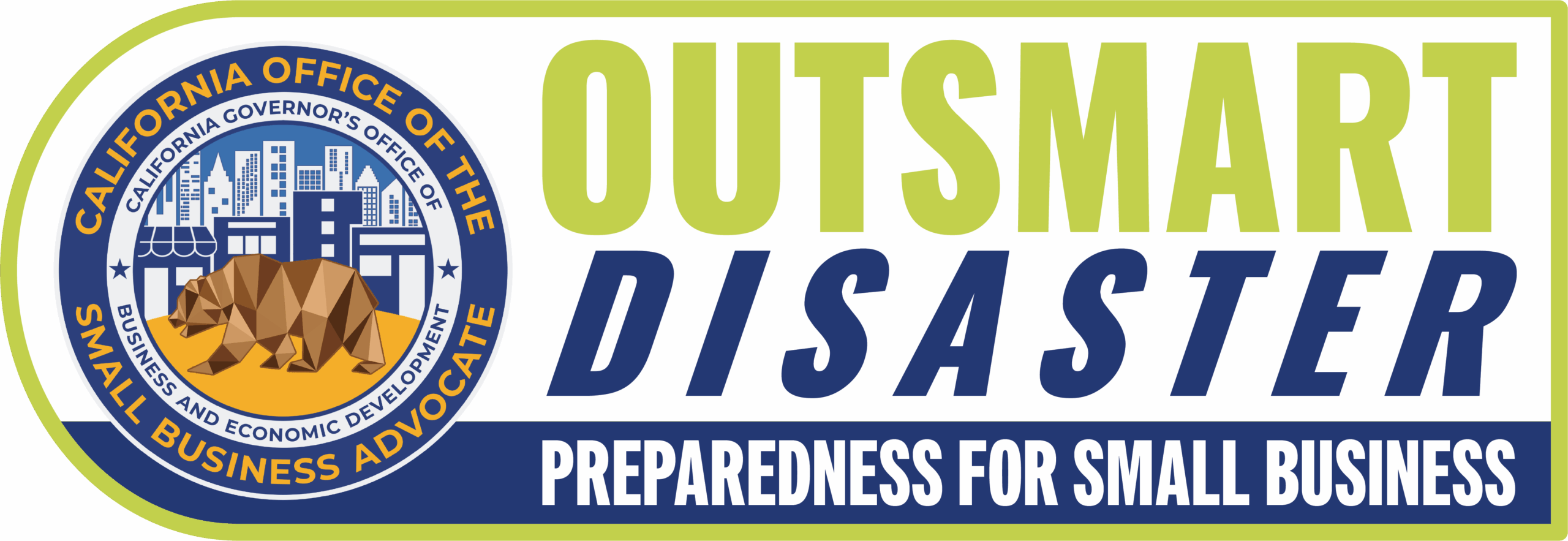 From the Advocate
From the Advocate
July 2024
Take a Breather
A Mid-Year Evaluation for Your Business
I bet you wrote a business plan before you first launched your business. If you were a client of one of California’s small business support centers, then I know that you did…because our advisors insist on it.
But when was the last time you looked at it? One of the misconceptions of business planning is that it’s something you do at the start-up phase. But business planning is not just about launching a business, it’s about road mapping your goals and this particular road never ends.
Yes, I know you’re very, very busy! I’m surprised you have time to read this newsletter. But sometimes running your restaurant, hair salon, landscaping service, etcetera is the enemy of managing it.
Midyear evaluations or status checks give you an opportunity to assess your year-to-date progress, identify areas for improvement, and realign your business operations, finances, sales and marketing strategies for a successful second half. By taking an objective look at where things currently stand, you can make better and more informed decisions moving forward.
This can ultimately make your work/life balance easier. So, as we move into the second half of the year, step back and re-assess the state of your small business.
Alright, you convinced me. How do I get started?
Start by reviewing your previous annual goals for your small business. If you don’t already have set goals or a reliable system in place for tracking metrics towards your goals: don’t beat yourself up! But also, keep reading because NOW is always the perfect time to establish some.
First, ask yourself some general “wellness” questions about your small business like:
Are you where you thought your business would be halfway through the year?
Which goals are on track? Or in the case that you don’t have formal goals, review what is going well and what needs more attention?
Are any goals no longer relevant, need updating, need adding?
You may also want to take a hard and honest look at how your business stacks up against your competitors? Are there any new players or market trends?
Consider involving your employees in this process. Asking them these kinds of questions is good training or, conversely, a good way of assessing how well they understand how their jobs fit into your big picture.
That seems easy. What else do I need to do?
Next up, take a thorough look at your business functions. Some key areas to consider include:
Financial performance: Review your revenue, expenses, and profitability to identify positive or worrisome trends and opportunities for growth. Are there any tax-saving opportunities that could be leveraged before the year ends? Could your expenses and spending be reduced? Could your savings hold up through another pandemic or natural disaster?
Marketing and sales effectiveness: Review the success or engagement levels of your marketing campaigns, sales strategies, and customer loyalty programs and explore ways to reach new customers or increase conversions. If you are not doing any marketing or sales outreach, draft a plan to start.
Operational efficiency: Could your workflows, productivity, inventory management and resource allocation be streamlined? Are there any bottlenecks that could be improved? How are your staffing levels? Could employees be cross-trained?
By the way, you have to write this all down. Just thinking about it in the shower doesn’t count.
The good news is – you don’t need to go it alone. Click here to find a small business support center near you and you can get expert advice or training that will hone your skills in tackling any or all of these areas.
I understand my business better now. What comes next?
Now you can sit down and turn your evaluation into measurable goals for the future. Make sure you understand how your goals contribute to your bottom line, but you don’t have to overreach: just think about where you’d like to be by the end of the year.
Some examples of annual goals are:
- Revenue or Sales Targets
- Website page views or subscribers
- Number of clients/ customers
- Customer satisfaction or reviews
- Number of social media followers
Once you have established at least three goals, identify the steps needed to make them come true.
Be tough on yourself during this part! Realism is critical. At the same time, if there are goals that seem too far away, don’t give up; just retrace your steps and brainstorm a better way or move the goal posts.
I’m a believer in kaizen, the Japanese business philosophy of constant improvement. Kaizen techniques in a big business can be very technical and complex, but let’s keep it simple:
- Be disciplined and re-evaluate at least twice a year
- Keep measurable goals
- Celebrate small wins
Gaining a clearer picture of the strengths and weaknesses, opportunities and challenges of your small business will help to affirm that what you are doing is working or give you the information you need to proactively readjust your current operations for continued growth.
Let’s say you’re really under the gun and you just can’t bear to think about all of the above right now. In that case, just ask yourself this instead:
What do I want to start doing?
What do I want to stop doing?
What do I want to continue doing to make my small business everything I California-dreamed it would be?
CalOSBA Resources:
Create a Business Plan (Business Learning Center)
The Outsmart Disaster resiliency training program can help you prepare for disasters and other potential business interruptions.
California Office of the Small Business Advocate
1325 J Street, Suite 1800
Sacramento, CA 95814
Contact CalOSBA
Speaker Request Form
Stay informed. Subscribe:
CalOSBA Small Business News
State Funding Programs
CA Grants Portal




















































